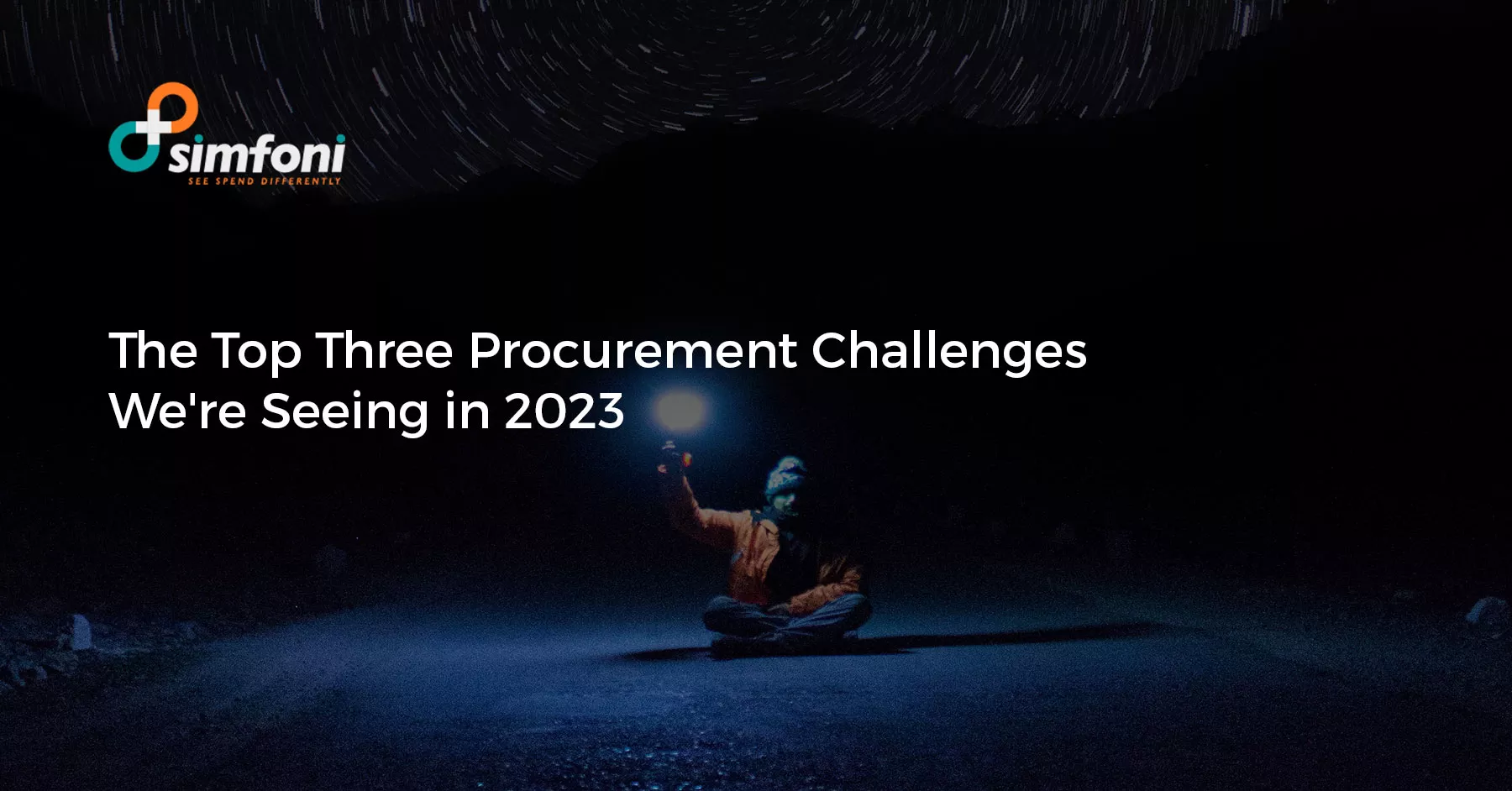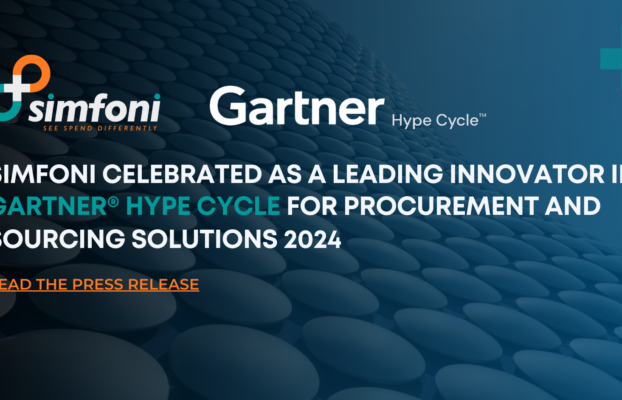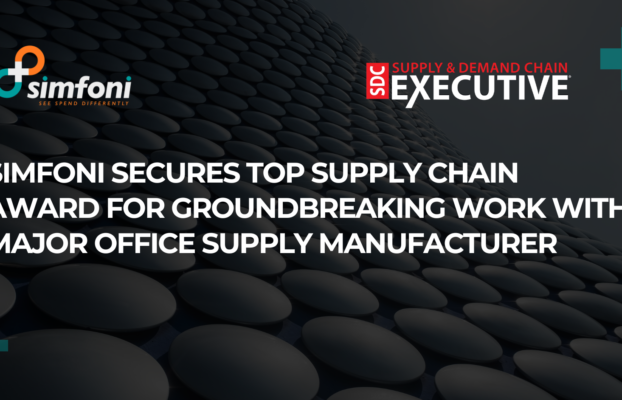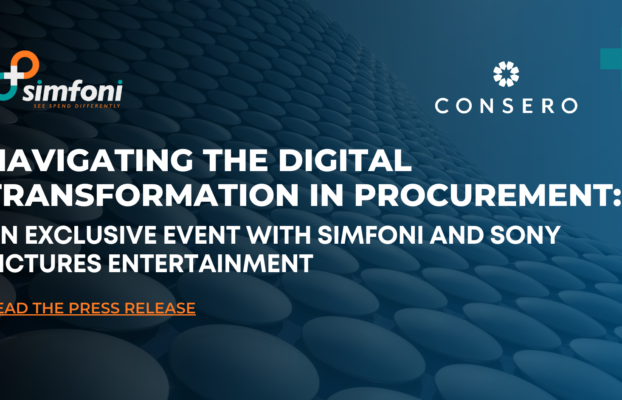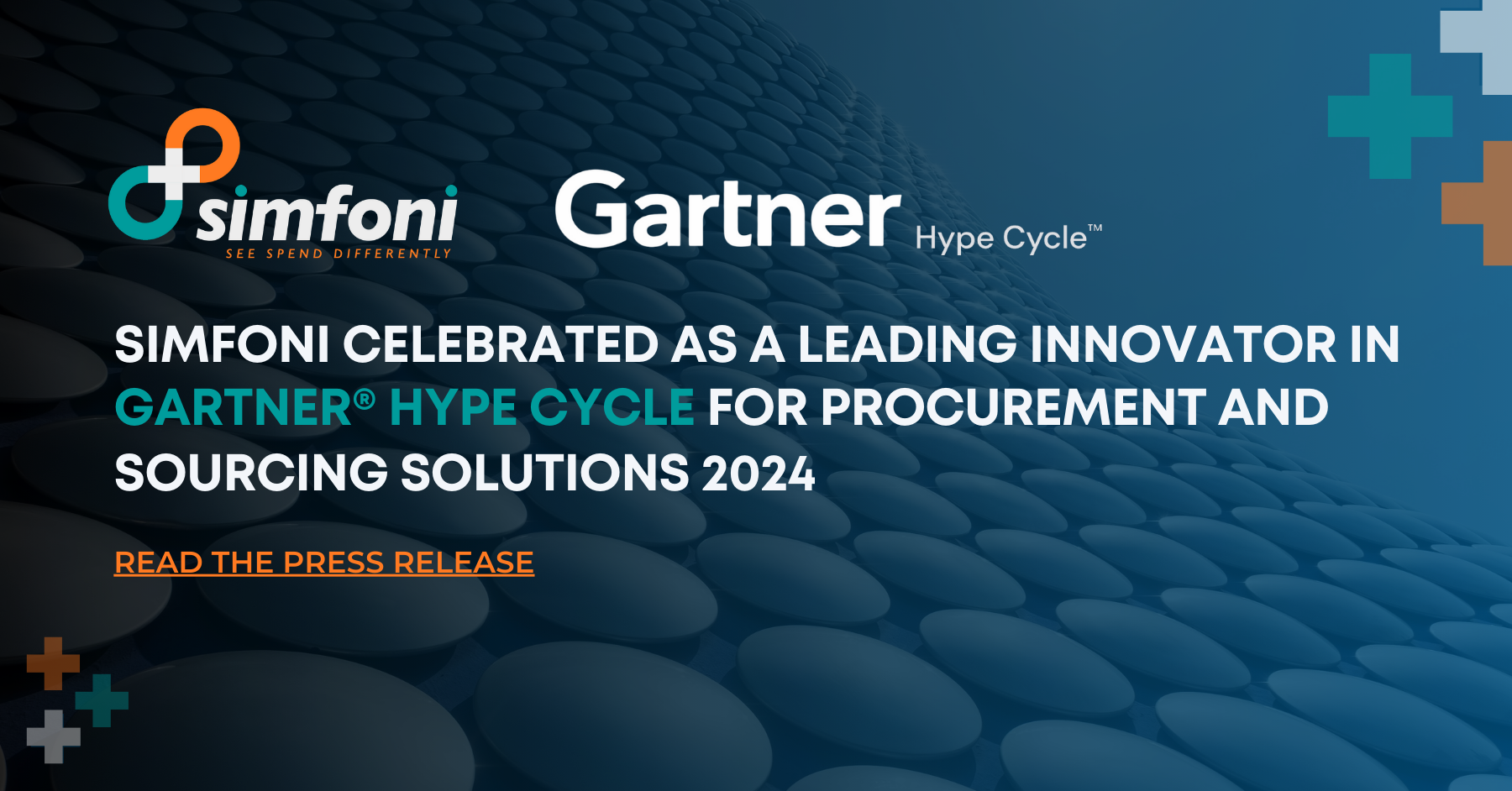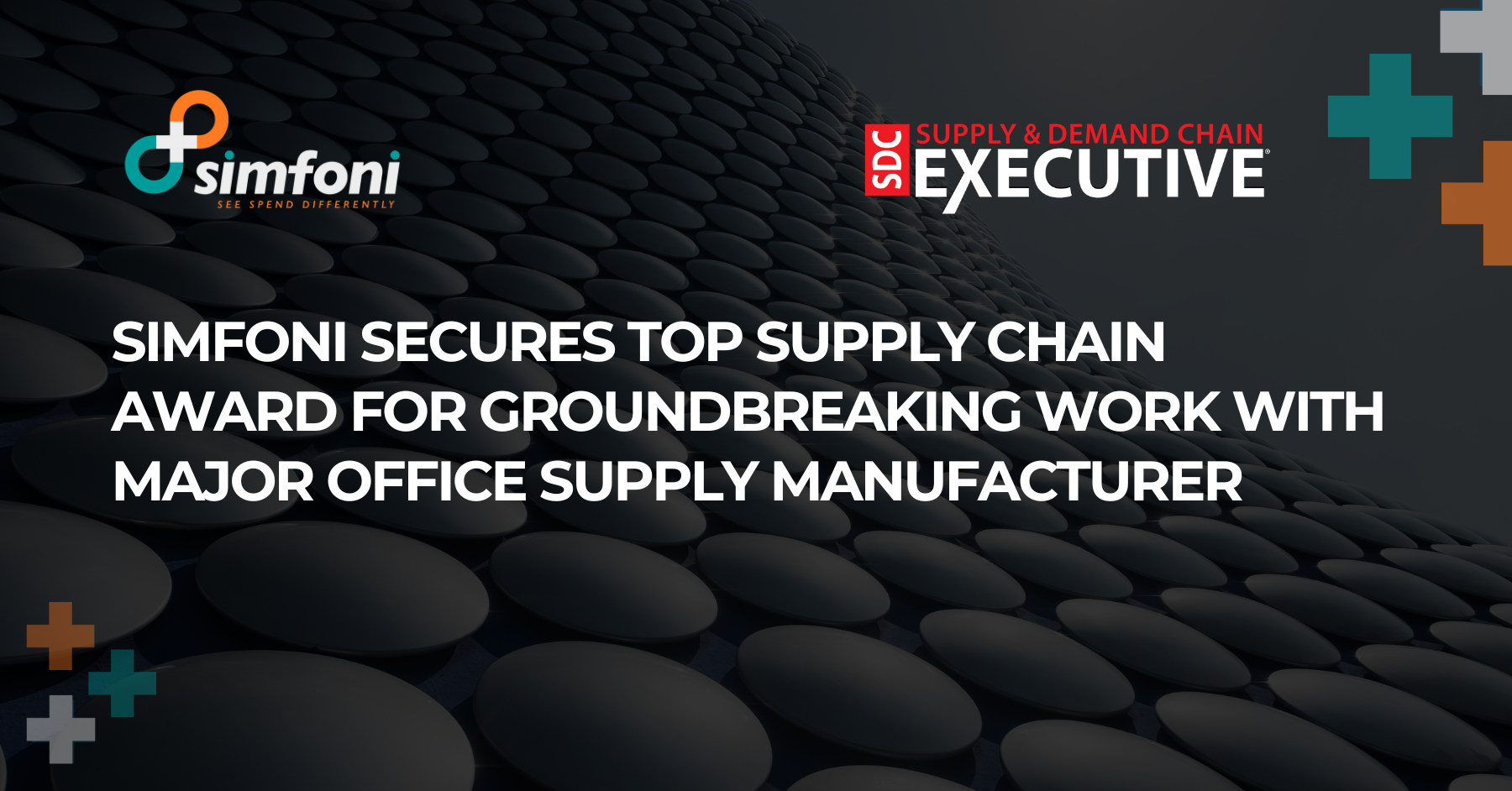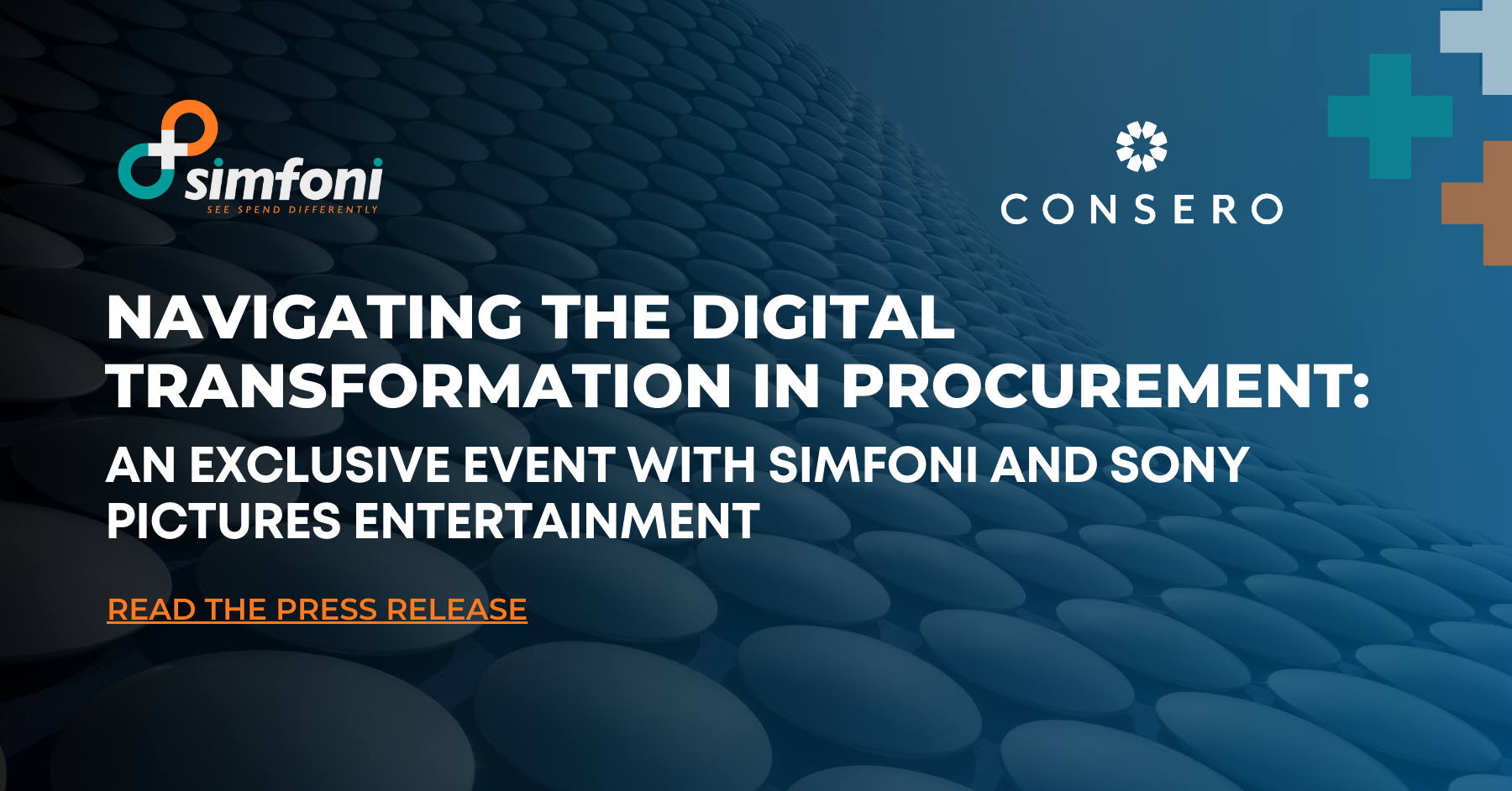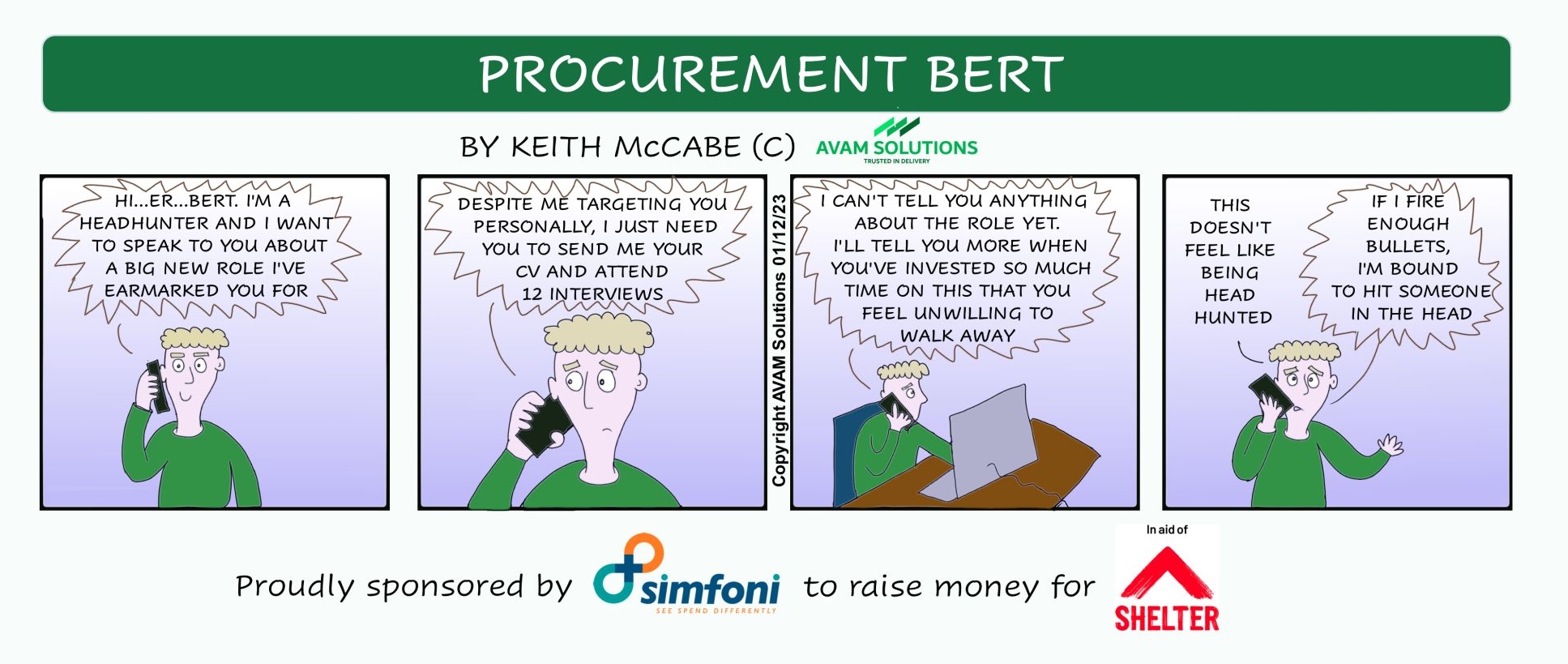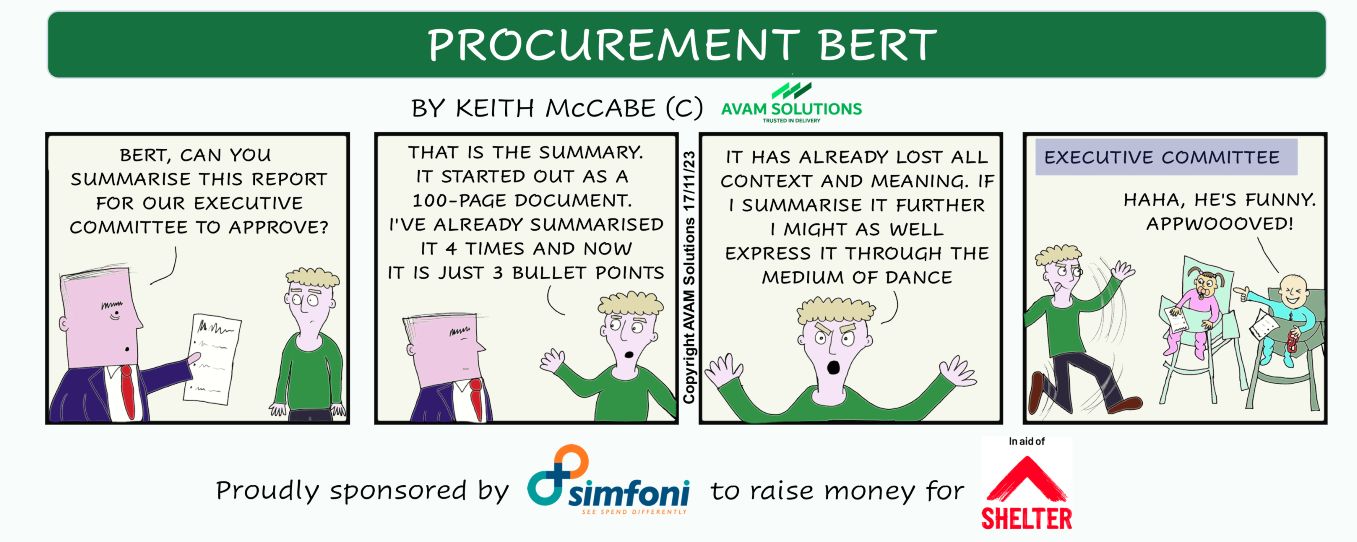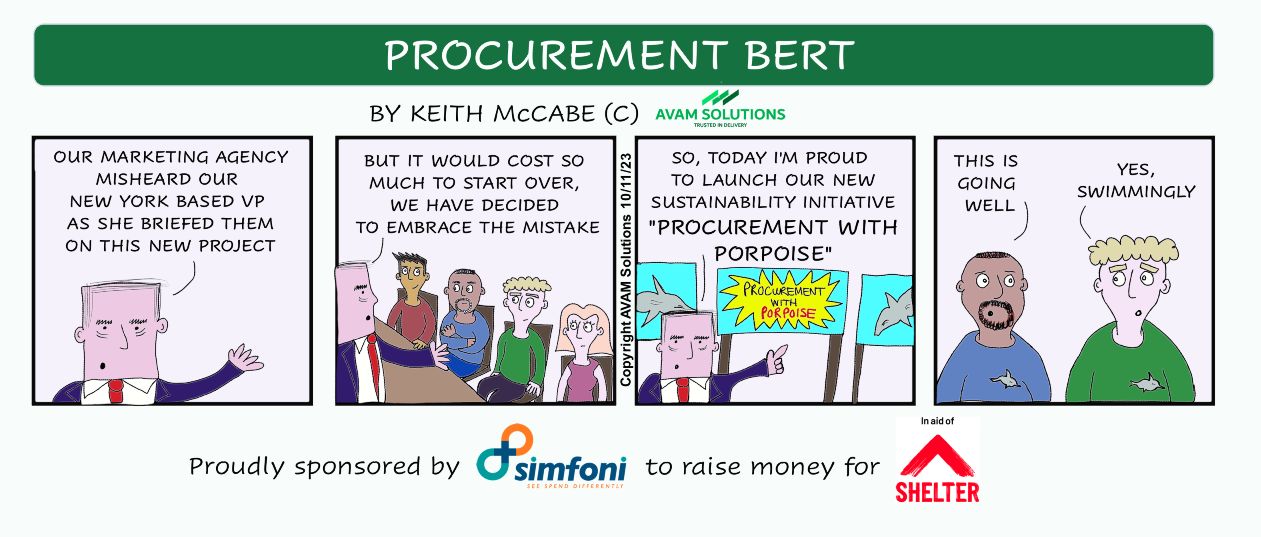In a world where market dynamics and supply chain management are constantly evolving, businesses must understand and keep up with the latest procurement topics and challenges. Let’s discuss the top three procurement challenges we’ve observed in 2023 and what they mean for your business.
At the end of the first quarter, we’re seeing three major topics that are challenging the procurement industry: the aftermath of COVID; an increasing need for end-to-end transparency and speed; and the importance of overcoming market and supply chain instability. Let’s dive deeper into each of these and explore why business leaders need to take action on them ASAP.
First and foremost, and perhaps most unsurprisingly, the pandemic has reshaped the procurement landscape in fundamental ways. Although the Biden administration intends to let the coronavirus public health emergency in the U.S. expire this May, its aftermath will be felt for years to come. Businesses must navigate around significant changes in consumer demand, supply chain disruptions and other economic uncertainties caused by the pandemic. For example, consumers are shifting spending habits as a direct result of the pandemic, and businesses must reconfigure their procurement strategies accordingly to account for these changes. This may require businesses to reevaluate their suppliers or adjust inventory levels in response to fluctuations in demand. Procurement teams are also dealing with shortages of raw materials or disruptions in production cycles caused by lockdowns and safety measures.
This means that procurement professionals must remain vigilant and adaptable. They must be ready to pivot at a moment’s notice and stay up to date with the latest regulations so that they can maintain business continuity while continuing to meet the needs of their customers. This has driven an unprecedented digital transformation of procurement processes, as many companies are now working to increase their resilience by embracing new technologies and adopting more flexible business models.
This brings us to another challenge—after emerging from the pandemic and taking stock of its impact, businesses are realizing that they need end-to-end transparency and speed to meet increasing and fluctuating consumer demand. This means that procurement professionals must establish clear visibility and traceability throughout their supply chain to ensure their customers receive the goods and services they need when they need them.
As a result, businesses need to adopt agile procurement strategies that enable them to quickly adjust and respond to changing market conditions. They must be open to alternative sources of supply, such as local suppliers and digital marketplaces. This will help businesses reduce the risk of supply chain disruption and ensure that they have access to the goods and services they need, even in times of instability and uncertainty.
One way to achieve this is by leveraging technology that can provide real-time data analysis and visibility across the entire supply chain, from raw materials to finished products. This will enable businesses to quickly identify areas of vulnerability and take action before issues escalate.
Read More:- Guide to Procurement Software
Finally, market and supply chain instability have presented a significant challenge to procurement professionals. To overcome this challenge, attention must be paid to building effective relationships with suppliers and other stakeholders in the supply chain. This means working collaboratively with partners to identify issues and develop solutions that benefit everyone involved.

One way businesses are achieving this is by implementing supply chain risk management programs that help them identify potential areas of disruption and implement strategies to mitigate those risks. For example, investing in spend analytics tools can help businesses identify areas where they can consolidate suppliers, negotiate better rates, and reduce overall supply chain complexity. With a smaller supplier pool, businesses can focus more attention on building stronger relationships with those suppliers, thus improving overall collaboration and communication throughout the supply chain.
With new, AI-driven spend management technology, businesses can also identify trends and patterns in their spending and procurement data to better forecast future demand, optimize inventory levels, and reduce waste.
Ultimately, the changing nature of procurement means that businesses must be proactive in their approach. They must stay informed of industry trends and best practices, invest in the right technology, and collaborate closely with suppliers to ensure they’re well-prepared for whatever the market throws their way.
Contact a Simfoni procurement expert today to learn more about how our AI-driven spend management platform can help your business meet the challenges of today and tomorrow.
